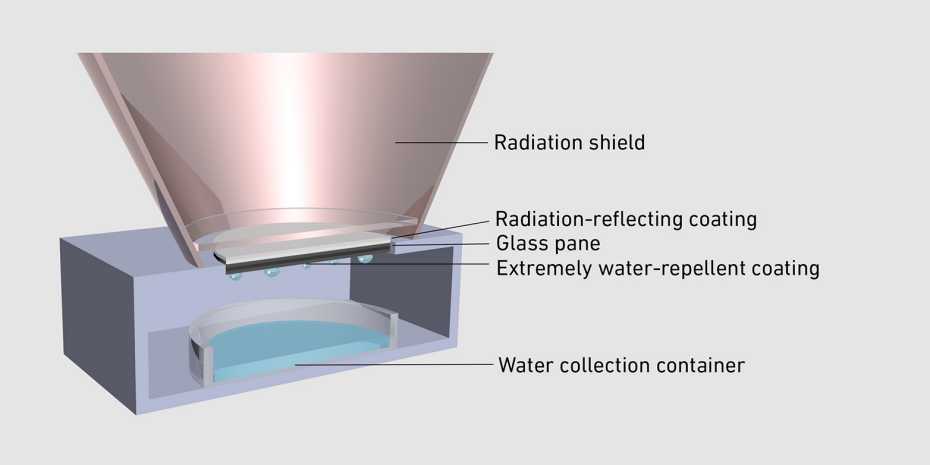 vie energycentral New lithium-ion battery energy storage modules integrated with individual solar racking systems and PV panels can reduce the costs of commercial, rooftop solar-plus-storage energy installations (100 kW-500 kW) an average of 40 percent, according to Yotta Solar, developer of the SolarLEAF.
vie energycentral New lithium-ion battery energy storage modules integrated with individual solar racking systems and PV panels can reduce the costs of commercial, rooftop solar-plus-storage energy installations (100 kW-500 kW) an average of 40 percent, according to Yotta Solar, developer of the SolarLEAF.
Yotta Solar and PanelClaw, a leader manufacturer and vendor of flat-roof solar energy racking systems, recently announced that the latter would integrate SolarLEAF as an attachment to its rooftop racking solutions. “PanelClaw’s flat roof racking systems will come pre-engineered and fully equipped for the SolarLEAF™ attachment, making the addition of energy storage simple for solar developers and utilities by eliminating the design and site-specific complexities that come with centralized storage,” according to a press release.
Developed over the course of three years by researcher Vikram Iyengar and Yotta Solar co-founder and CEO Omeed Badkoobeh, each SolarLEAF consists of a 1-kWh lithium-iron-phosphate (LiFEPO) battery with built-in solar energy optimization, Badkoobeh explained in an interview. “The demand for cost effective energy storage is rapidly growing and will be critical to the future growth of solar. We created the SolarLEAF™ to make adding energy storage seamless for solar developers and utilities by eliminating the design and site-specific complexities that come along with centralized storage,” Badkoobeh said for the press release.
Yotta Solar’s SolarLEAF
SolarLEAFs can store and then dispatch electricity for a period of four hours when paired with a standard 60-cell or 72-cell PV module, according to Badkoobeh. Furthermore, “SolarLEAF’s proprietary architecture allows installations to be scaled to any system size with an appropriately paired inverter. This is the highest possible efficiency architecture since DC solar charge the DC battery and is only converted to AC once as needed by a shared inverter,” Badkoobeh told Energy Central.
Proprietary thermal energy regulation boosts the output, overall performance and life of SolarLEAFs by buffering high heat during mid-day hours, then passively cooling when temperatures drop later in the day. The system also protects batteries against low temperatures below freezing, according to Badkoobeh.
The actual cost savings resulting from installing a SolarLEAF system as opposed to a containerized BESS will vary according to any given installation’s complexity, scale and location, among other factors, Badkoobeh pointed out. Nonetheless, reducing the costs of an average residential or small commercial rooftop solar PV system by as much as 40 percent would be a huge accomplishment that could boost the adoption of distributed solar-plus-storage significantly. “We do this by avoiding cranes, real-estate value loss, trenching and fire suppression systems, and it can be installed by the same PV crew on a project,” Badkoobeh explained.
Battery energy storage-solar racking system integration
Integrating battery energy storage modules at the individual solar panel level makes for a substantially smaller physical footprint as compared to standalone, containerized battery energy storage systems (BESS). SolarLEAF reduces rooftop solar project and operational costs by eliminating the need for HVAC and fire suppression systems required by other battery technologies, according to Yotta. “It also lowers expensive shipping costs associated with heavy ballasts and centralized energy storage systems.
The partnership with PanelClaw could provide a big boost in terms of SolarLEAF’s adoption. PanelClaw has installed more than 1.3 GW of flat-roof solar PV racking systems around the world, more than 100 MW of the total in Europe, according to the company, and Yotta has a full team of manufacturing engineers working to increase production capacity of SolarLEAFs, Badkoobeh said in the interview.
“The SolarLEAF can offset the need for concrete ballasts, something installers hate dealing with. PanelClaw is a market leader in this segment and is at the forefront of testing, reliability, and regulations. This innovation will allow both parties to capture greater market share in the growth of commercial solar,” he explained.

